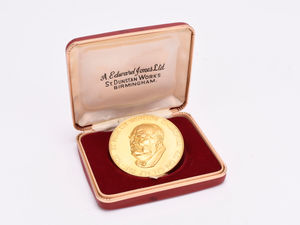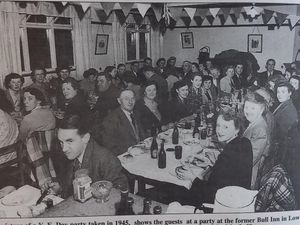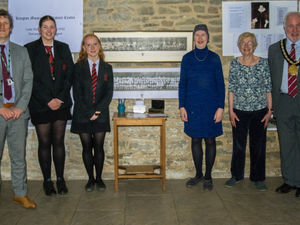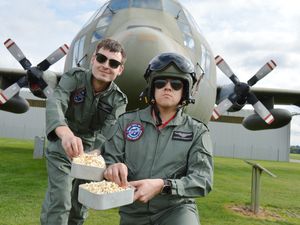How Shropshire journalist covered longest siege as gunman held police in 17-day stand-off
Veteran Shropshire journalist Frank Fuller has never worn his siege tie in 50 years and is not about to start now.

It was produced to mark an event in September 1968 which went down in British history.
"It was the longest siege in British police history, and I think that still holds good today," said Frank, 88, of Market Drayton.
It began on September 18 at The Warden House, The Slade, Weston-under-Redcastle, when a man armed with a shotgun held his wife and four young children hostage and kept police at bay, firing several shots.
The stand off lasted for 17 days, ending on October 4 when a woman hostage grabbed the gun while the gunman slept and threw it out of the window.
The gunman was sent to Broadmoor for an indefinite period.
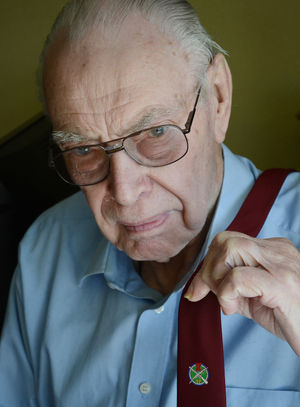
Frank, one of the first on the scene as the story broke, was one of the Shropshire Star reporting team who covered it round the clock, working shifts. National media also descended on the Shropshire countryside.
And afterwards they got it in the neck because, rather like a campaign medal, a special siege tie was created and distributed to journalists and police who had been there.
"As I understand it, it was designed in the art department of the Daily Telegraph in Manchester," said Frank, who came across it in a tie drawer the other day.
"I have never worked on a story, and I have worked on millions, for which a tie was created. I believe some of the police had them too."
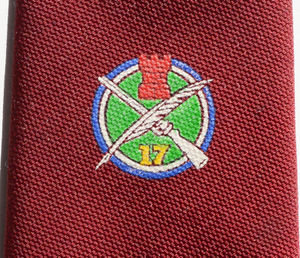
The design includes a red castle to represent Weston-under-Redcastle where the siege took place, the number 17 for the number of days of the siege, a green background to represent the countryside, and a crossed shotgun and quill – the gun for the gunman, the quill for the journalists.
"On the outside there's a blue ring for the police, and on the inside there's the white ring for the camera lens of photographers. That's how it was explained to me. It's a very cleverly designed little motif.
"We probably had to buy them. They would have cost about 17/6."
The siege was to lead to one of the most dramatic pictures ever published in the Shropshire Star, with chief photographer Johnnie Johnson capturing the moment the gunman let fly with both barrels.

Frank was not there at that time but John Dromgool, another veteran journalist, from Wem, was.
"I was some yards behind Johnnie. Several of us took cover behind some farm implements and a chicken shed," recalled John, who also has a siege tie and like Frank has not worn it.
As the gunman fired a number of times, a 19-year-old firefighter based at Wellington, Peter Wilson from Shrewsbury, was hit, and his arms and legs were riddled with shotgun pellets. Nearly a dozen were removed but over a year later he still had 20 in him.
Police with tear gas grenades boarded an Army Saracen armoured personnel carrier and drove up towards the farmhouse, but retreated after the gunman opened fire, shot off the radio aerial, and left them pinned down and unable to get out.

There followed a long waiting game. For the Shropshire Star journalists there was the comfort of a mobile home which was arranged by the then editor, Ted Ireland.
Frank and John had gone to the scene after hearing reports of police activity in the area and Frank says after some searching they came across a detective constable in plain clothes up a tree watching the farmhouse through binoculars.
Frank went back to report to the office and when he returned later, bearing two very welcome flasks of coffee made by his wife, the scene was very different.
"Before it had been deserted, but now there were dozens of police and newspaper people about."
Among them was a BBC reporter.
"He had come from some function or other and had a girl with him in high heels."
Frank was not on the spot to see the end of the siege.
"People said the police handled it incorrectly and should have blasted their way in, but the arrest was effected without injuries to anybody. I think the police took a wise decision."

